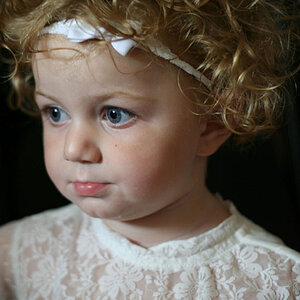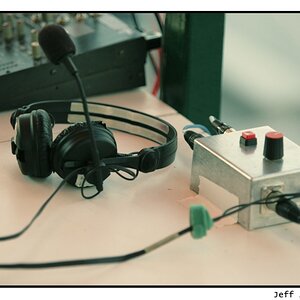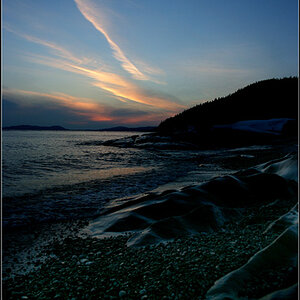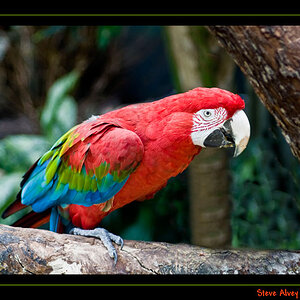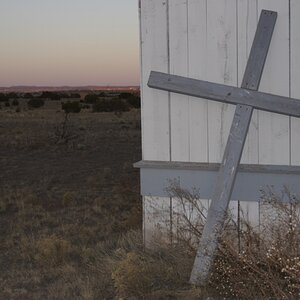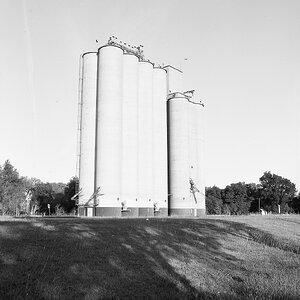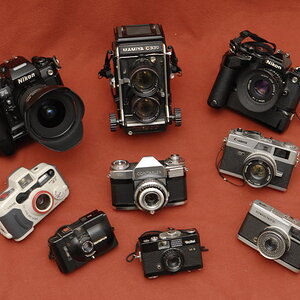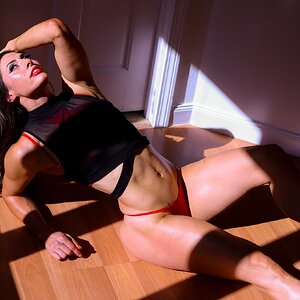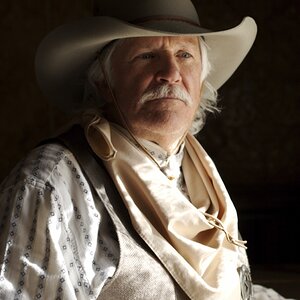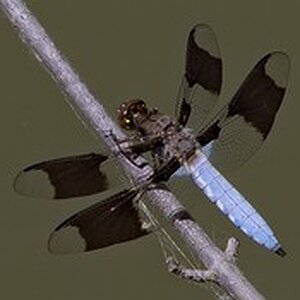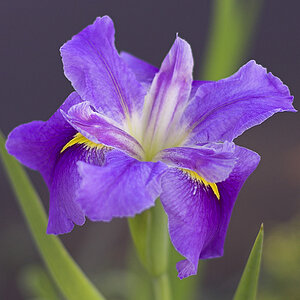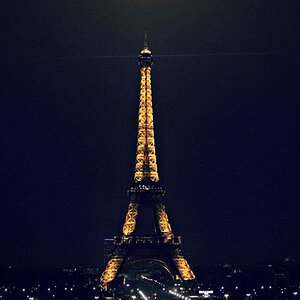nieschu
TPF Noob!
- Joined
- Apr 15, 2008
- Messages
- 15
- Reaction score
- 0
- Location
- New Haven, CT
- Can others edit my Photos
- Photos OK to edit
Hi everyone, I am new to this forum and also new to photography. Well, I have taken a lot of pictures and most of them turned out very nice, but I honestly dont have any idea about lightening or anything technical.
Please take it easy with me though, cause I am also foreign, so I dont know most terms.
I have one or maybe a few more questions. I am going to shoot my friends wedding (yes I know big job) on a beach very soon. We did some shots the other day to practise and she really liked them.
Now my problem is that she is getting married around noon when the sun is the worse. Does anyone know what I can do to avoid shadows in faces? Even if I shoot with the sun behind me, I cant get rid of the shadows for some reason. We tried again around 4 pm and it was much easier....does anyone have an idea? Thank you so much for your help.
Please take it easy with me though, cause I am also foreign, so I dont know most terms.
I have one or maybe a few more questions. I am going to shoot my friends wedding (yes I know big job) on a beach very soon. We did some shots the other day to practise and she really liked them.
Now my problem is that she is getting married around noon when the sun is the worse. Does anyone know what I can do to avoid shadows in faces? Even if I shoot with the sun behind me, I cant get rid of the shadows for some reason. We tried again around 4 pm and it was much easier....does anyone have an idea? Thank you so much for your help.


